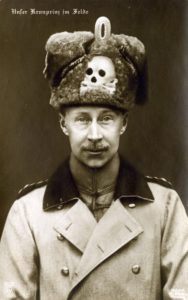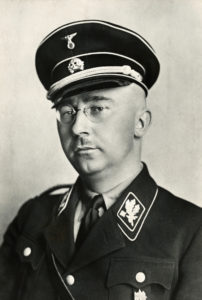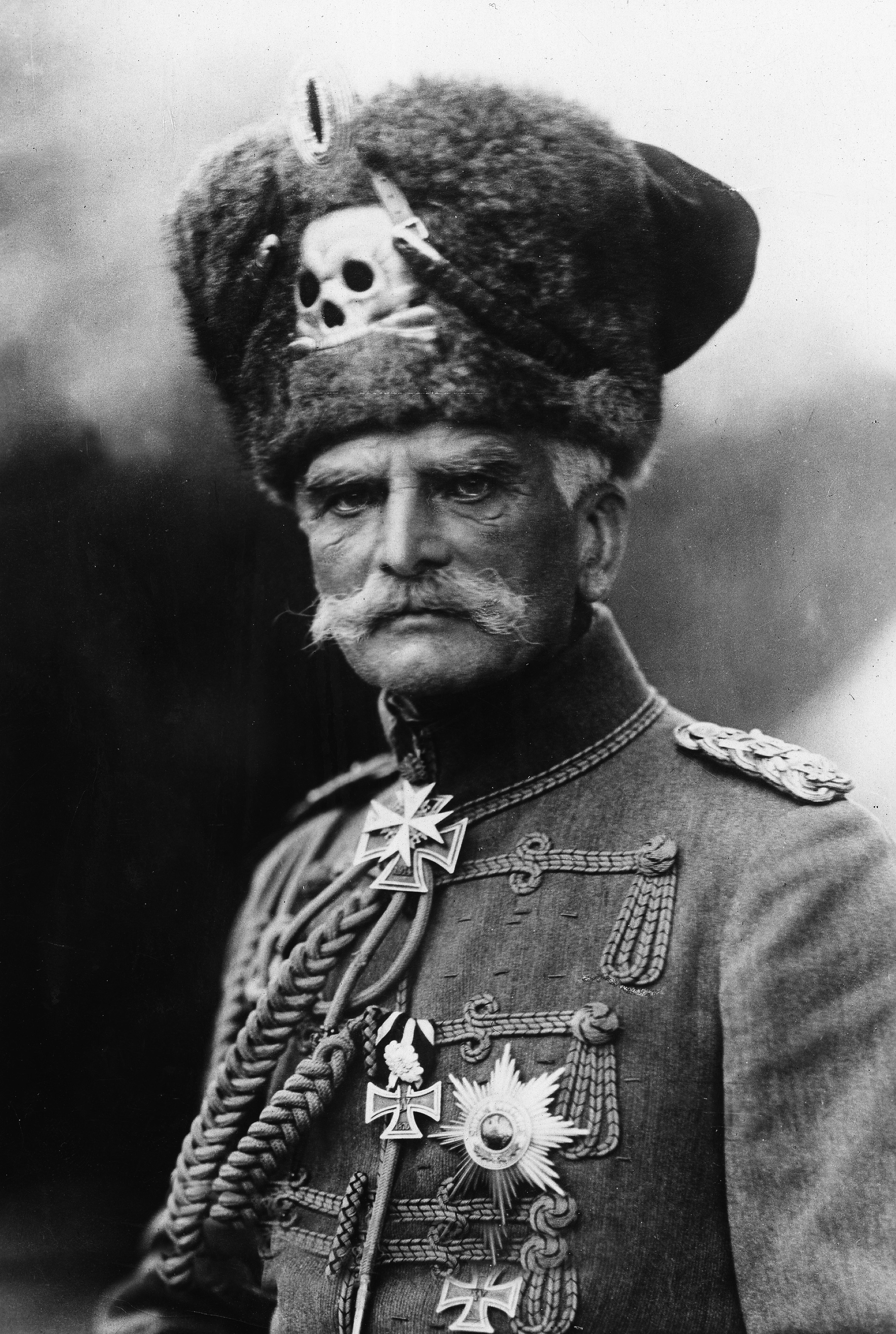Have you ever stood around at a party (pre-Covid days) proudly wearing your statement Totenkopf cap and noticed out of the corner of your eye that you’re attracting a lot of furtive glances from worried guests?
In that moment did it make you wonder, “Am I a baddie?”
Like in the Mitchell and Webb sketch, the answer is a resounding and unequivocal, “yes.”
The Totenkopf, translated from German as “death’s head,” was first introduced in the late 1730s under Frederick the Great and utilized on the uniforms of the Prussian Husaren-Regiment Nr. 5.
With the Totenkopf insignia emblazoned on the ever practical mirliton hat, the Hussar regiment first saw action in the War of Austrian Succession and in the Seven Years’ War.
Nothing like seeing what amounts to a felt and or fur top hat with a skull stitched onto it to give your enemies pause — if only to note the fashion faux pas.

The insignia continued to gain notoriety in 1809 during the War of the Fifth Coalition, adorning the uniforms of the Black Brunswickers who, you guessed it, wore black uniforms.
A volunteer force raised by Frederick William, Duke of Brunswick-Wolfenbüttel to fight the encroaching Napoleon Bonaparte, the Black Brunswickers took part in the Peninsula War and at the Battle of Waterloo.
Evidently the Germans did not like the fact that Bonaparte took the German notion of Lebensraum — “living space” gained through conquest — and ran with it.

The skull and crossbones emblem continued to be worn by German stormtroopers on the Western Front in 1918, but perhaps the Totenkopf is best known for its chilling association with the SS and Nazi regimes.
Originally established as Adolf Hitler’s bodyguard unit in the early 1930s, the Schutzstaffel soon adopted the Totenkopf image as the unit’s insignia.
“Among other uses,” writes the Anti-Defamation League, “it became the symbol of the SS-Totenkopfverbande (one of the original three branches of the SS, along with the Algemeine SS and the Waffen SS), whose purpose was to guard the concentration camps. Many original members of this organization were later transferred into and became the core of a Waffen SS division, the 3rd SS ‘Totenkopf’ Panzer Division, which engaged in a number of war crimes during World War II.”
Commonly emblazoned on German military hats and coat collars, SS commander Heinrich Himmler took the dark symbolism even further by gifting elite members of the SS with a specialized SS-Ehrenrings, translated to “death’s head ring.”
Mitchell and Webb managed to point out the ridiculousness of the insignia and those who wore it. So no, you’re not honoring your Prussian heritage by sporting the Totenkopf. You are, in fact, a baddie. A very offensive one.





